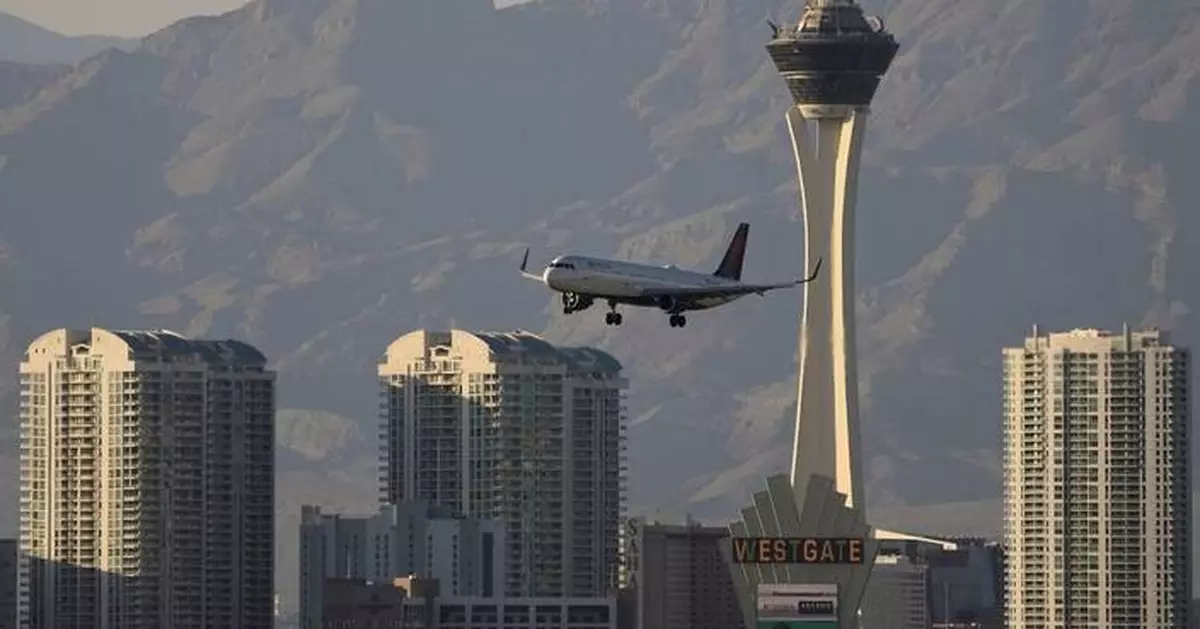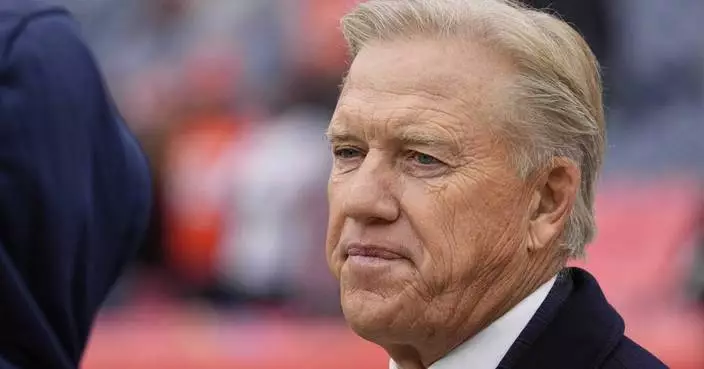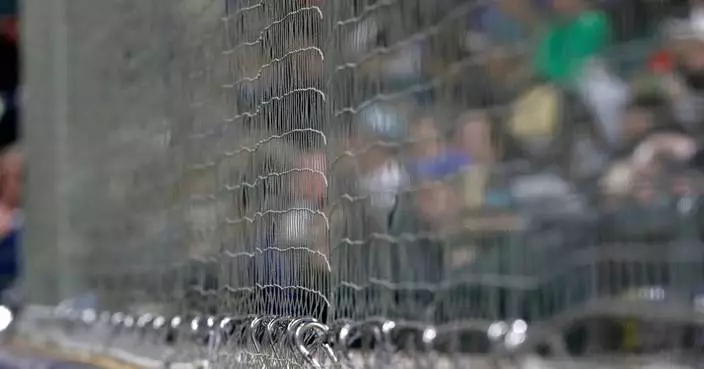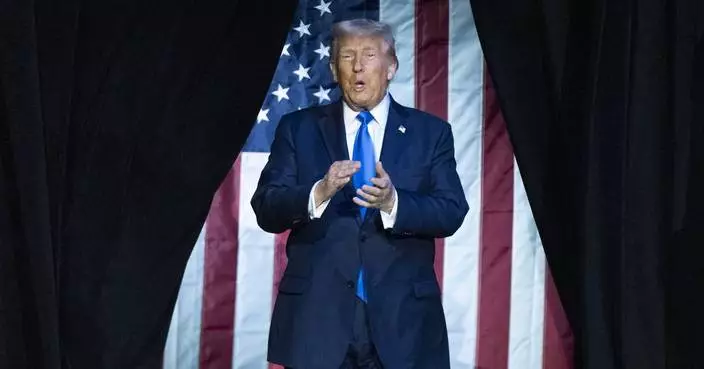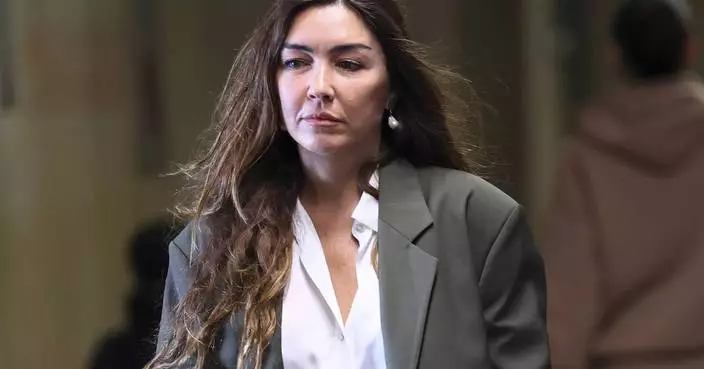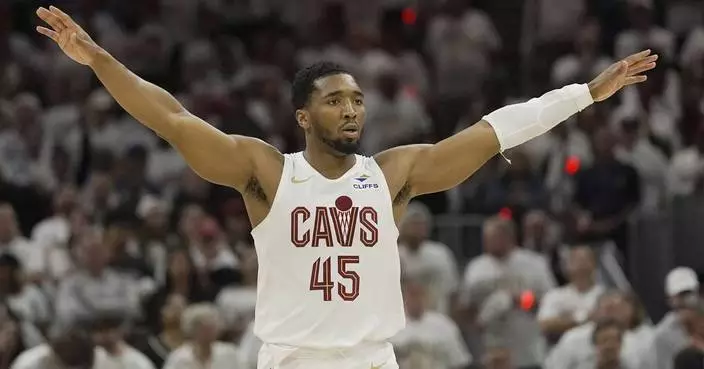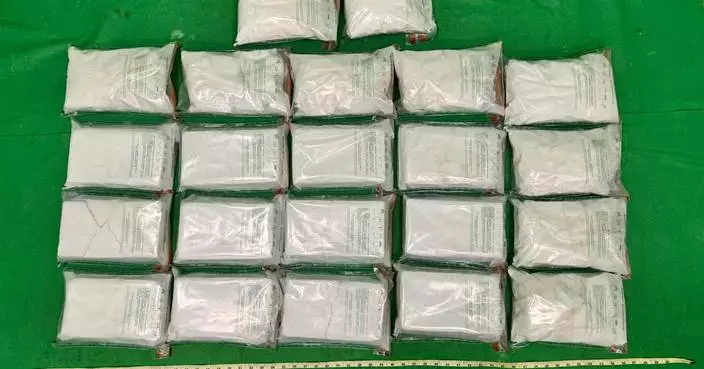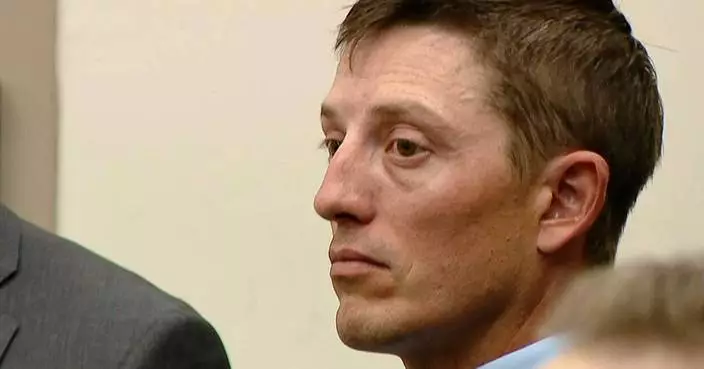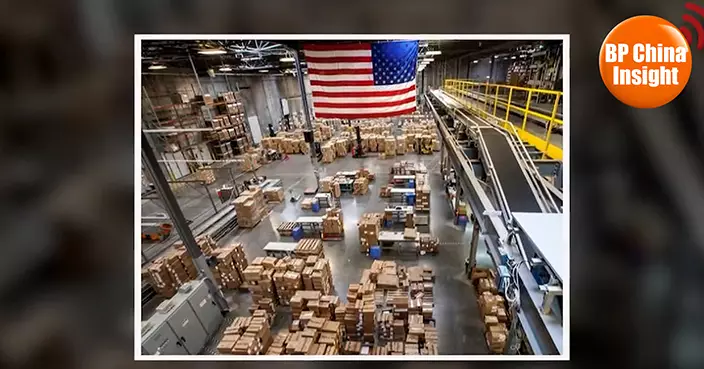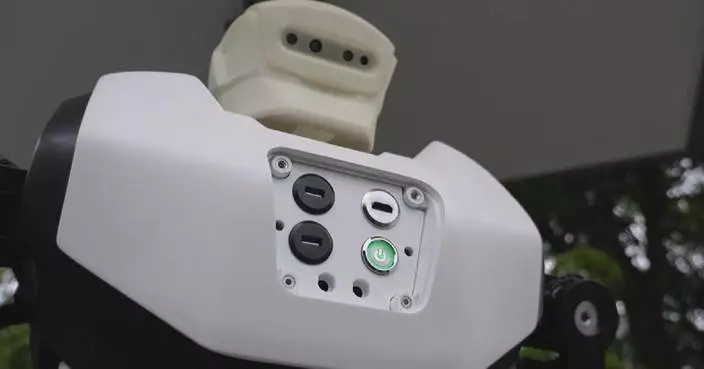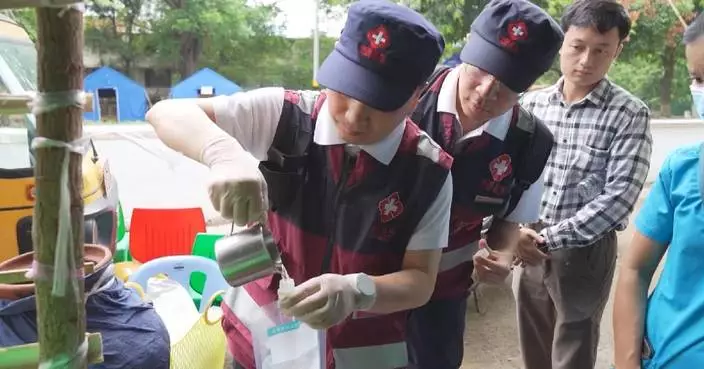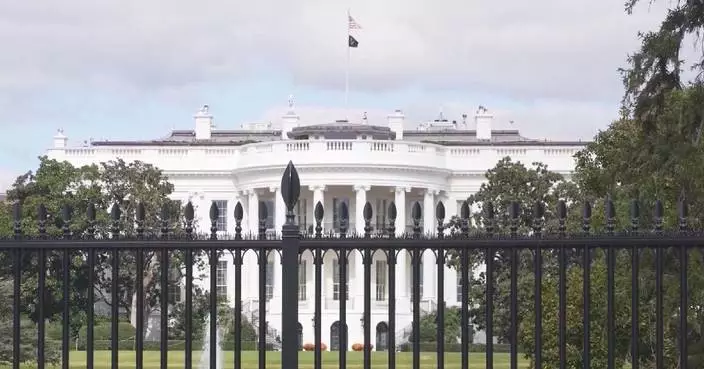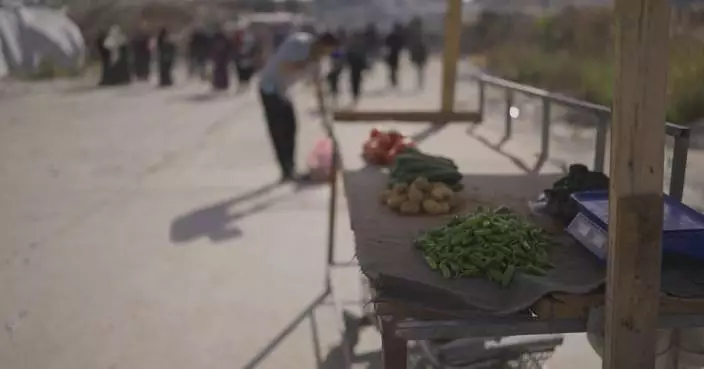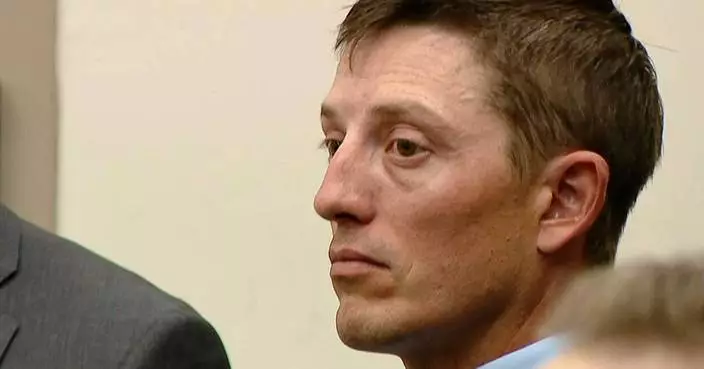A federal review of helicopter safety around some of the busiest U.S. airports, prompted by the deadly midair collision in January between a passenger jet and Army helicopter in Washington, D.C., revealed dangerous flying conditions at the Las Vegas airport.
The Federal Aviation Administration said Tuesday the potential for a collision between air tour helicopters and planes at Harry Reid International Airport led the agency to make immediate changes to flying rules. In the first three weeks after implementation the number of collision alerts for planes dropped 30%.
The FAA said after the collision between an American Airlines jet and an Army Black Hawk helicopter in January, which killed 67 people, that it planned to use artificial intelligence to dig into the millions of reports it collects to assess other places with busy helicopter traffic, including Boston, New York, Baltimore-Washington, Detroit, Chicago, Dallas, Houston, Los Angeles and along the Gulf Coast.
The FAA’s acting administrator, Chris Rocheleau, said Las Vegas quickly became a concern once the agency dug into the data because agreements with helicopter operators there didn’t clearly define vertical and lateral separation requirements when helicopters were approaching the airport. And air traffic controllers in the tower weren’t issuing traffic advisories between returning helicopters and airplanes.
“We took quick action including exercising positive control over the helicopters and issuing more traffic advisories to pilots,” Rocheleau said. He promised to take additional actions in Las Vegas and at other airports where the FAA identifies concerns.
Luke Nimmo, a spokesperson for Clark County Department of Aviation, referred all questions about the findings to the FAA.
Following the crash of a New York City sightseeing helicopter into the Hudson River that killed six people April 10, the FAA said it was establishing a rulemaking committee to develop recommendations for improving commercial air tour safety.
Jeff Guzzetti, a former National Transportation Safety Board and FAA accident investigator, said the fact that collision alerts for planes dropped so quickly “indicates a real hazard existed before the FAA looked at this.”
“It’s tough to characterize how significant the hazard was," he said. “But it’s yet another hole in the Swiss cheese that can line up with other holes and cause an accident just like what happened in Washington, D.C.”
He said it made sense that the FAA first addressed the Las Vegas airport, given its large mix of helicopters and commercial traffic.
“I think that they will find issues at other airports, but maybe not to the degree that they found with this one,” Guzzetti added.
Former NTSB Chairman Jim Hall said there have long been safety issues with the helicopter tour industry, describing it as slipping in many cases into “becoming an attraction rather than a safe ride.”
“Unfortunately in aviation, it is accidents that bring the attention of the regulators to their responsibilities," he added.
The January midair collision near Washington's Ronald Reagan National Airport was the deadliest aviation disaster in the United States since 2001. A series of other crashes and near misses in the months since have raised worries about air travel, even though it remains safe overall.
Helicopters have been a key concern, but Rocheleau said the core safety issues remain operations and maintenance problems. He said the top causes of helicopter accidents include loss of control and striking an object during low-altitude operations.
The FAA said its review of the safety data has expanded beyond helicopters to look at airports with a mix of many different planes and airports that are close together.
The proximity between Hollywood Burbank Airport and Van Nuys Airport in the Los Angeles area emerged as a concern because they are less than 10 miles (16 kilometers) apart. Both airports serve a wide mix of aircraft and have arrival and departure paths that are close.
A spokesperson for the Hollywood Burbank Airport referred questions to the FAA. The Van Nuys Airport didn't immediately respond to an email requesting comment.
“While flying remains the safest mode of transportation, we must always strive to do better,” Rocheleau said. “We have to identify trends and get smarter about how we use data. And when we put corrective actions in place, we must execute them.”
Aviation lawyer Robert Clifford, who represents several families of victims of the D.C. plane crash, praised the FAA for taking action to make helicopter flights safer.
“As a frequent critic of the FAA, I must say that the FAA deserves recognition for taking these steps to protect the traveling public," he said. "Helicopters are known for being the most dangerous and potentially unsafe aircraft. The extra vigilance by the FAA may save many lives.”
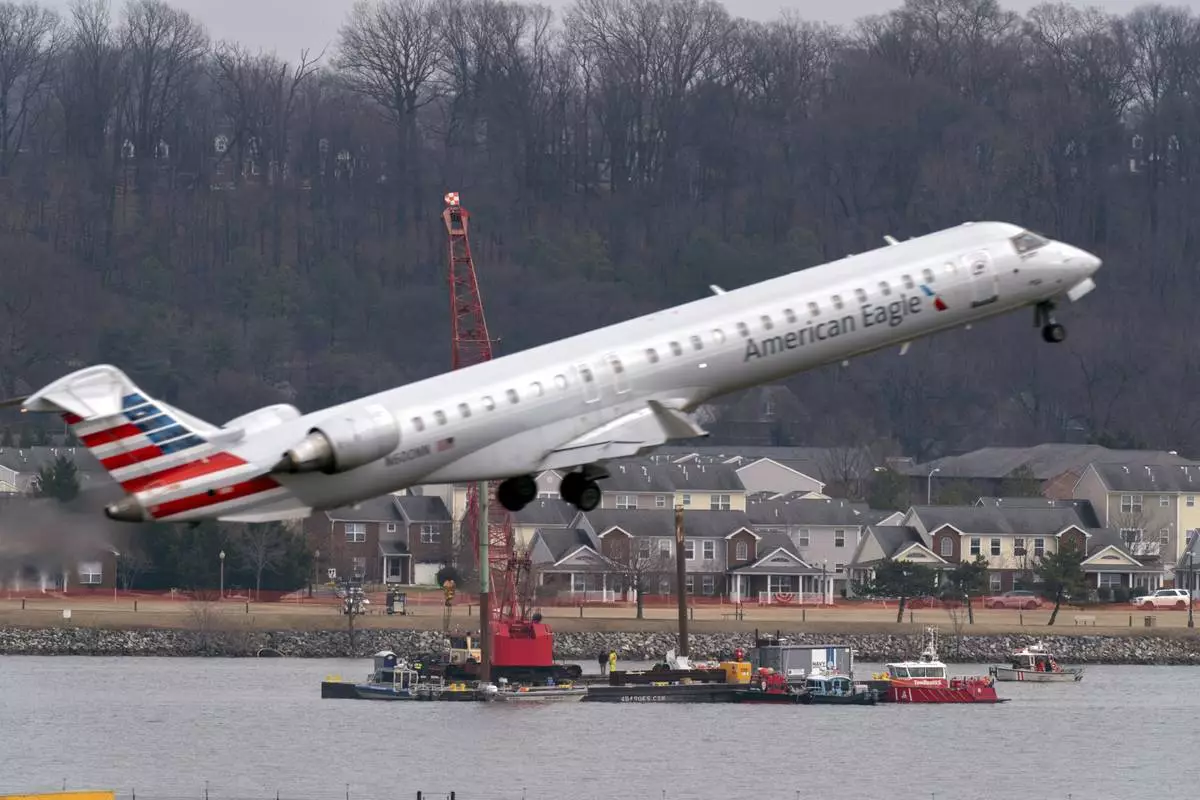
FILE - Salvage crews work on recovering wreckage near the site in the Potomac River of a mid-air collision between an American Airlines jet and a Black Hawk helicopter at Ronald Reagan Washington National Airport, Thursday, Feb. 6, 2025, in Arlington, Va. (AP Photo/Jose Luis Magana, File)
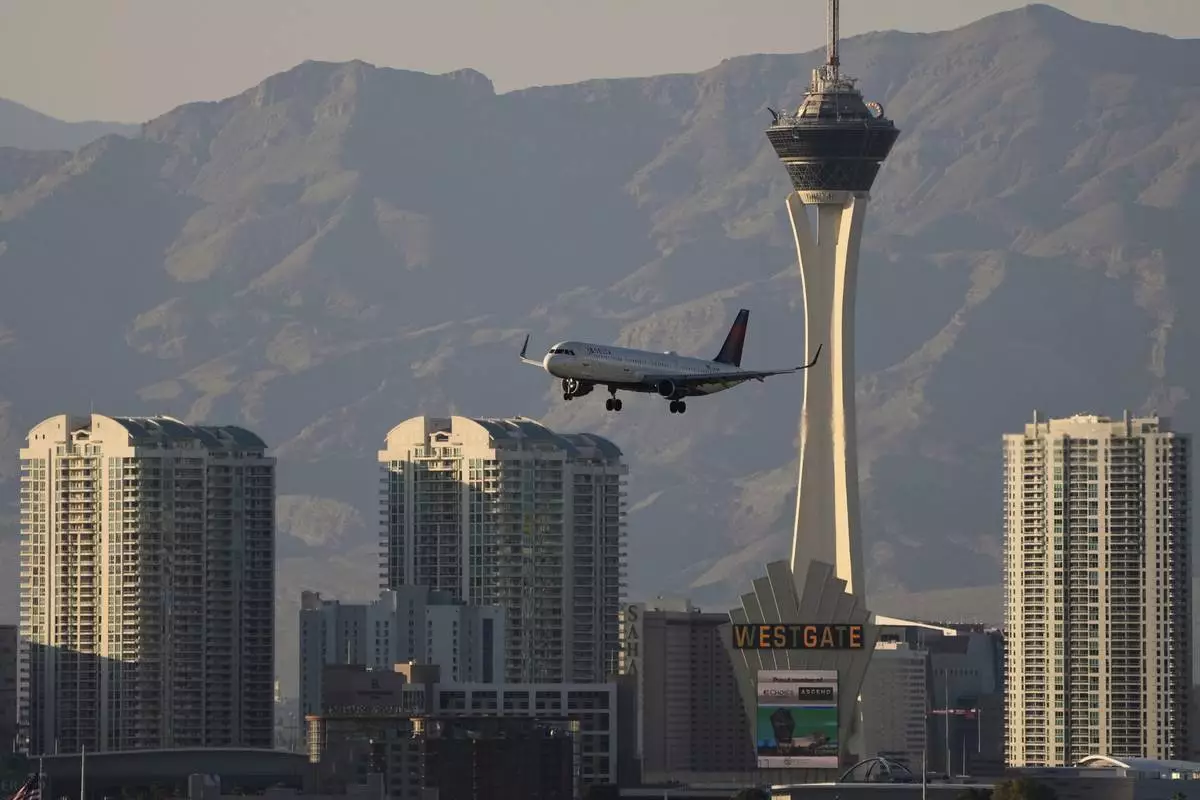
FILE - Delta Air Lines flight lands at Harry Reid International Airport, Wednesday, April 9, 2025, in Las Vegas. (AP Photo/John Locher, File)
Wall Street extended its gains to a ninth straight day Friday, marking the stock market’s longest winning streak since 2004 and reclaiming the ground it lost since President Donald Trump escalated his trade war in early April.
The rally was spurred by a better-than-expected report on the U.S. job market and resurgent hope for a ratcheting down in the U.S. trade showdown with China.
The S&P 500 climbed 1.5%. The Dow Jones Industrial Average added 1.4%, and the Nasdaq composite rose 1.5%.
The gains were broad. Roughly 90% of stocks and every sector in the S&P 500 advanced. Technology stocks were among the companies doing the heaviest lifting. Microsoft rose 2.3% and Nvidia rose 2.5%. Apple, however, fell 3.7% after the iPhone maker estimated that tariffs will cost it $900 million.
Banks and other financial companies also made solid gains. JPMorgan Chase rose 2.3% and Visa closed 1.5% higher.
Employers added 177,000 jobs in April. That marks a slowdown in hiring from March, but it was solidly better than economists anticipated. However, the latest job figures don’t yet reflect the effects on the economy of President Donald Trump’s across-the-board tariffs against America’s trading partners. Many of the more severe tariffs that were supposed to go into effect in April were delayed by three months, with the notable exception of tariffs against China.
“We’ve already seen how financial markets will react if the administration moves forward with their initial tariff plan, so unless they take a different tack in July when the 90-day pause expires, we will see market action similar to the first week of April,” said Chris Zaccarelli, chief investment officer for Northlight Asset Management.
The S&P 500 slumped 9.1% during the first week of April as Trump announced a major escalation of his trade war with more tariffs. The market has now clawed back its losses since then, helped by a string of resilient earnings reports from U.S. companies, hopes for de-escalation of trade tensions with China and expectations that the Federal Reserve will still be able to cut rates a few times this year.
The benchmark index is still down 3.3% so far this year, and 7.4% below the record it reached in February.
All told, the S&P 500 rose 82.53 points to 5,686.67. The Dow gained 564.47 points to 41,317.43, and the Nasdaq added 266.99 points to 17,977.73.
The job market is being closely watched for signs of stress amid trade war tensions. Strong employment has helped fuel solid consumer spending and economic growth over the last few years. Economists are now worried about the impact that taxes on imports will have on consumers and businesses, especially about how higher costs will hurt hiring and spending.
The economy is already showing signs of strain. The U.S. economy shrank at a 0.3% annual pace during the first quarter of the year. It was slowed by a surge in imports as businesses tried to get ahead of Trump’s tariffs.
The current round of tariffs and the on-again-off-again nature of Trump’s policy has overshadowed planning for businesses and households. Companies have been cutting and withdrawing financial forecasts because of the uncertainty over how much tariffs will cost them and how much they will squeeze consumers and sap spending.
Hopes remain that Trump will roll back some of his tariffs after negotiating trade deals with other countries. China has been a key target, with tariffs of 145%. Its Commerce Ministry said Beijing is evaluating overtures from the U.S. regarding the tariffs.
Investors had a relatively quiet day of earnings reports following a busy week. Exxon Mobil rose 0.4%, recovering from an early slide, after reporting its lowest first-quarter profit in years. Rival Chevron rose 1.6% after it also reported its smallest first-quarter profit in years.
Falling crude oil prices have weighed on the sector. Crude oil prices in the U.S. are down about 17% for the year. They fell below $60 per barrel this week, which is a level at which many producers can no longer turn a profit.
Block slumped 20.4% after reporting a sharp drop in first-quarter profit that fell short of analysts' forecasts. The financial technology company behind Cash App cited a pullback in consumer spending on travel and other discretionary items as a key reason for the results.
Treasury yields rose in the bond market. The yield on the 10-year Treasury rose to 4.31% from 4.22% late Thursday.
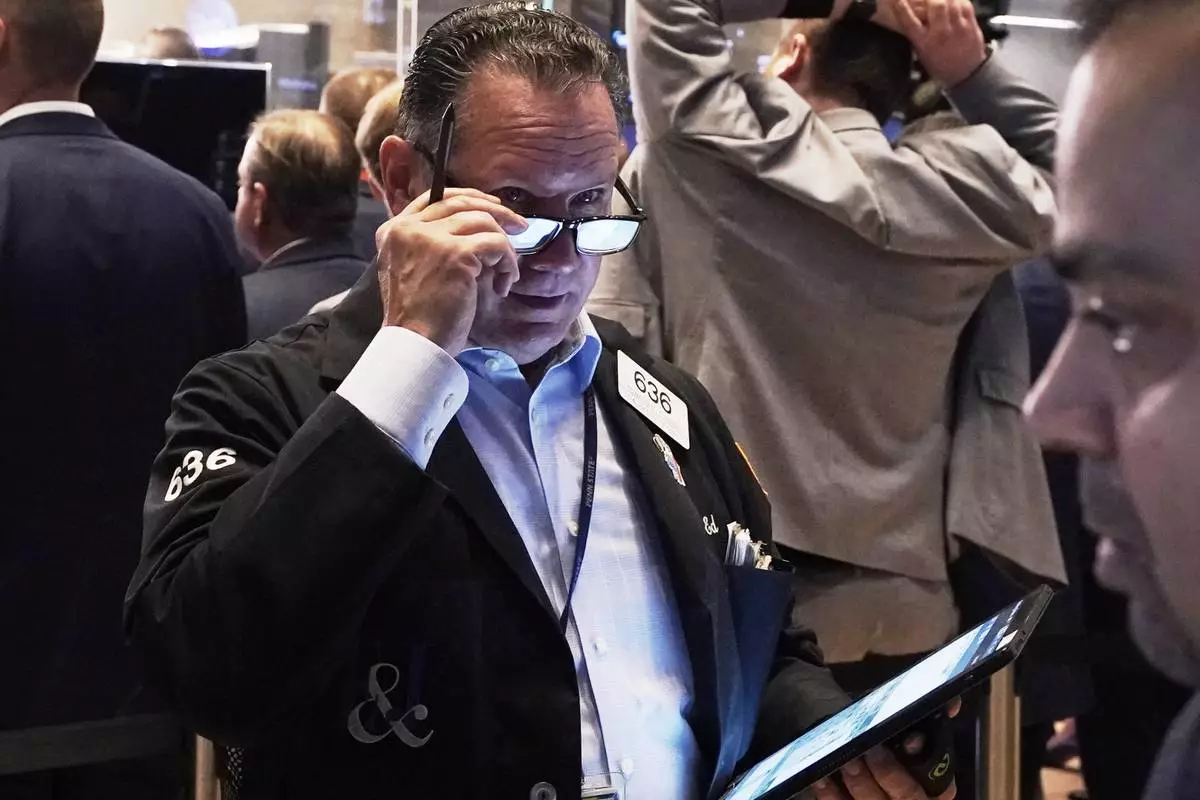
Trader Edward Curran works on the floor of the New York Stock Exchange, Friday, May 2, 2025. (AP Photo/Richard Drew)
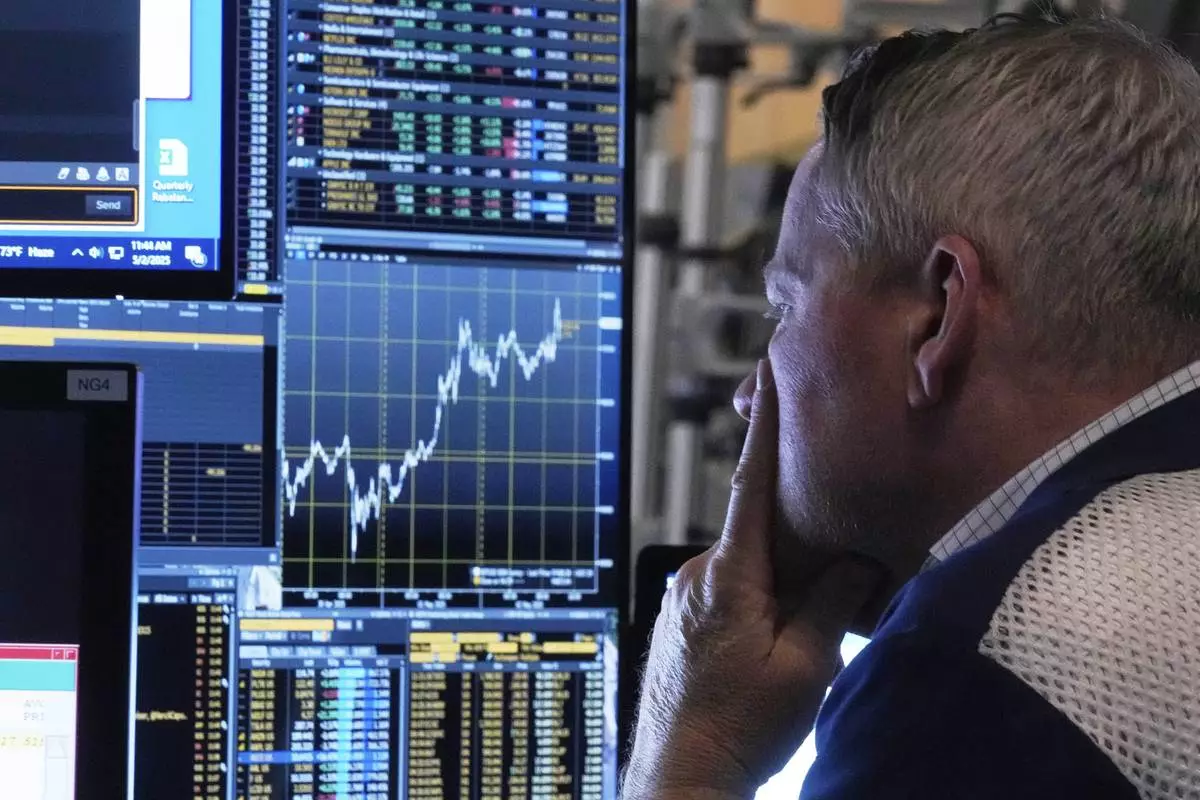
Trader Rob Taylor works on the floor of the New York Stock Exchange, Friday, May 2, 2025. (AP Photo/Richard Drew)
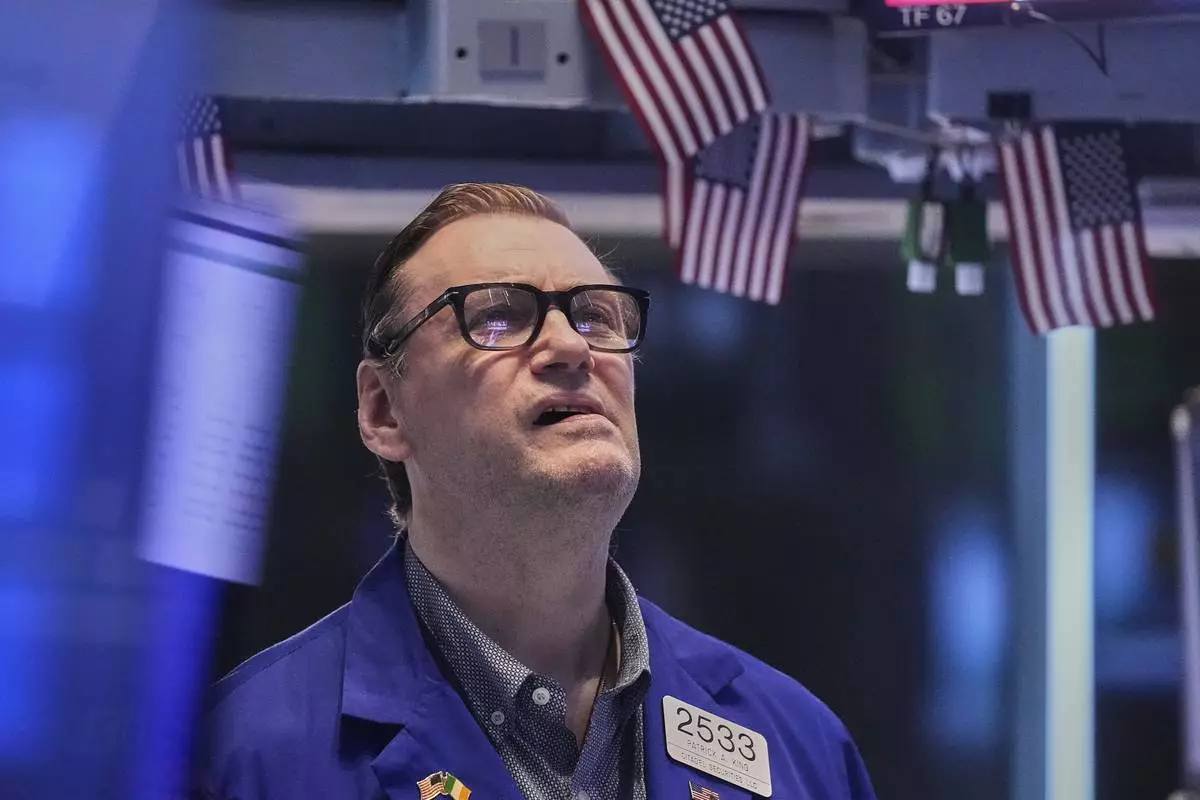
Specialist Patrick King works on the floor of the New York Stock Exchange, Friday, May 2, 2025. (AP Photo/Richard Drew)
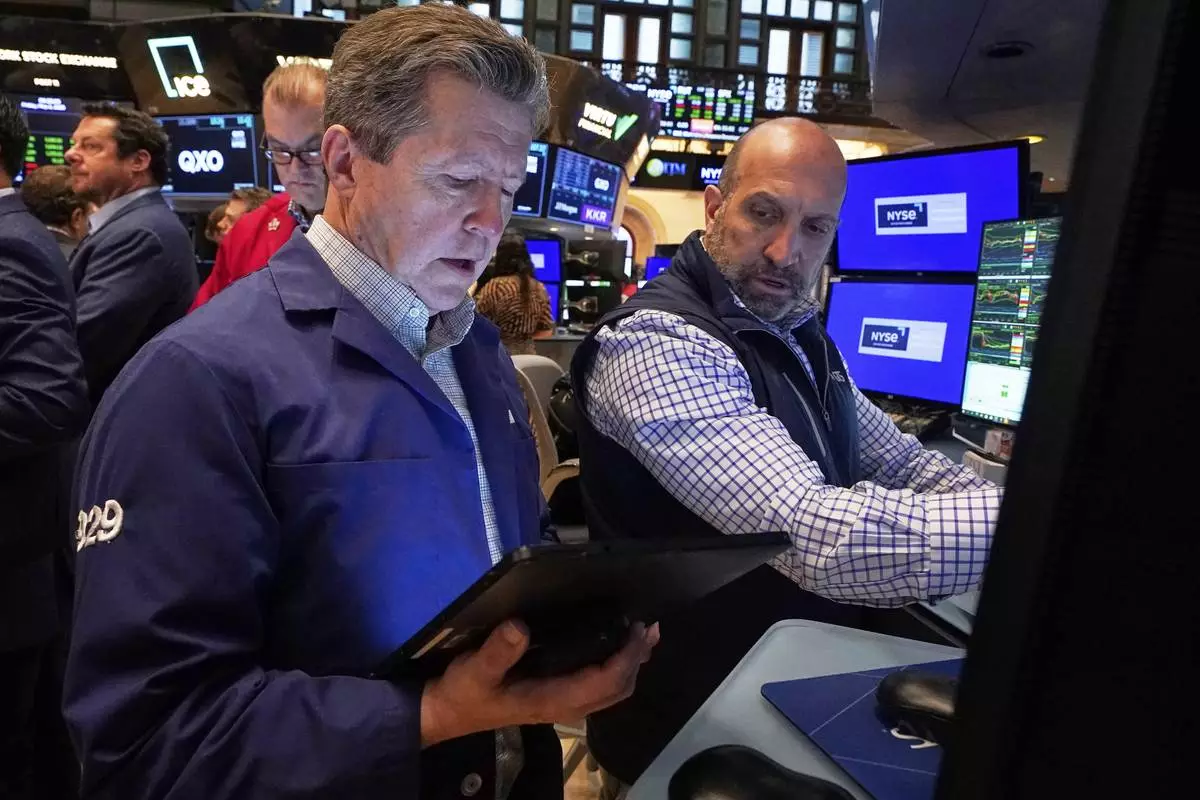
Trader James Matthews, left, and specialist James Denaro work on the floor of the New York Stock Exchange, Friday, May 2, 2025. (AP Photo/Richard Drew)

Specialist Glenn Carell, left, and trader Mathias Roberts, center, work on the floor of the New York Stock Exchange, Friday, May 2, 2025. (AP Photo/Richard Drew)
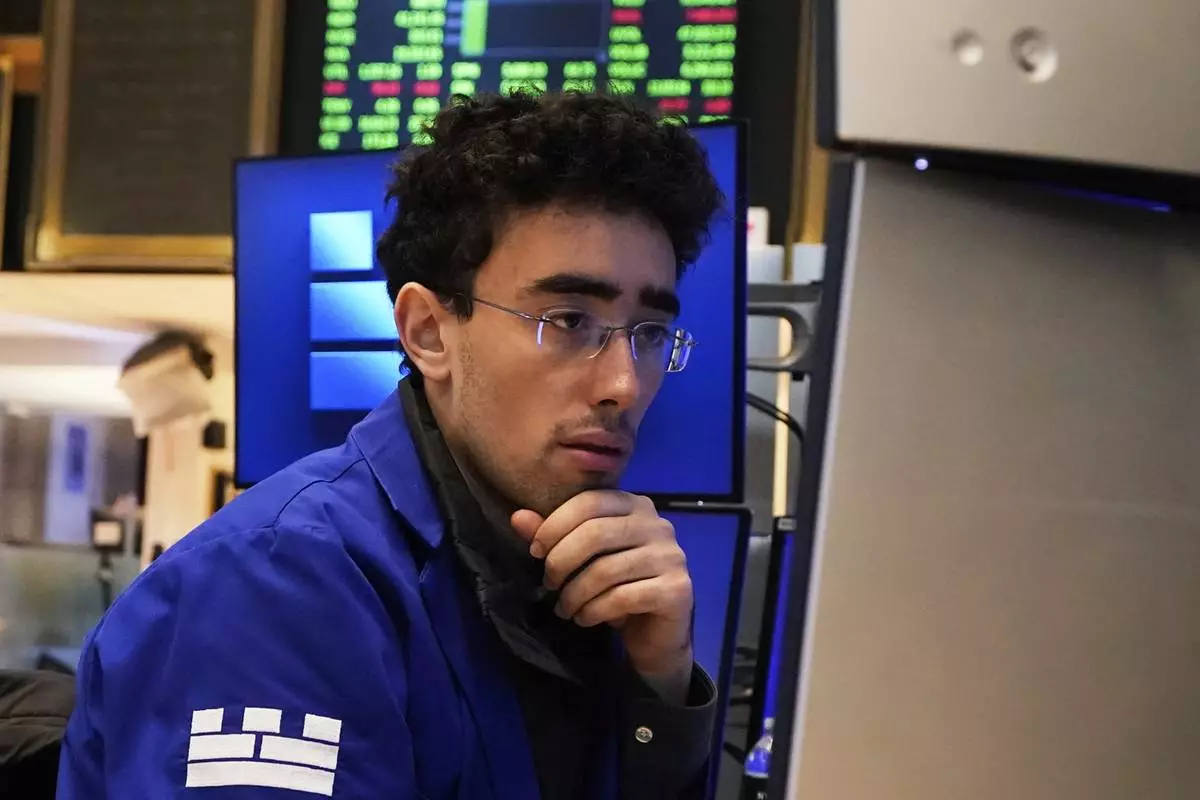
Specialist Alex Weitzman works at his post on the floor of the New York Stock Exchange, Friday, May 2, 2025. (AP Photo/Richard Drew)
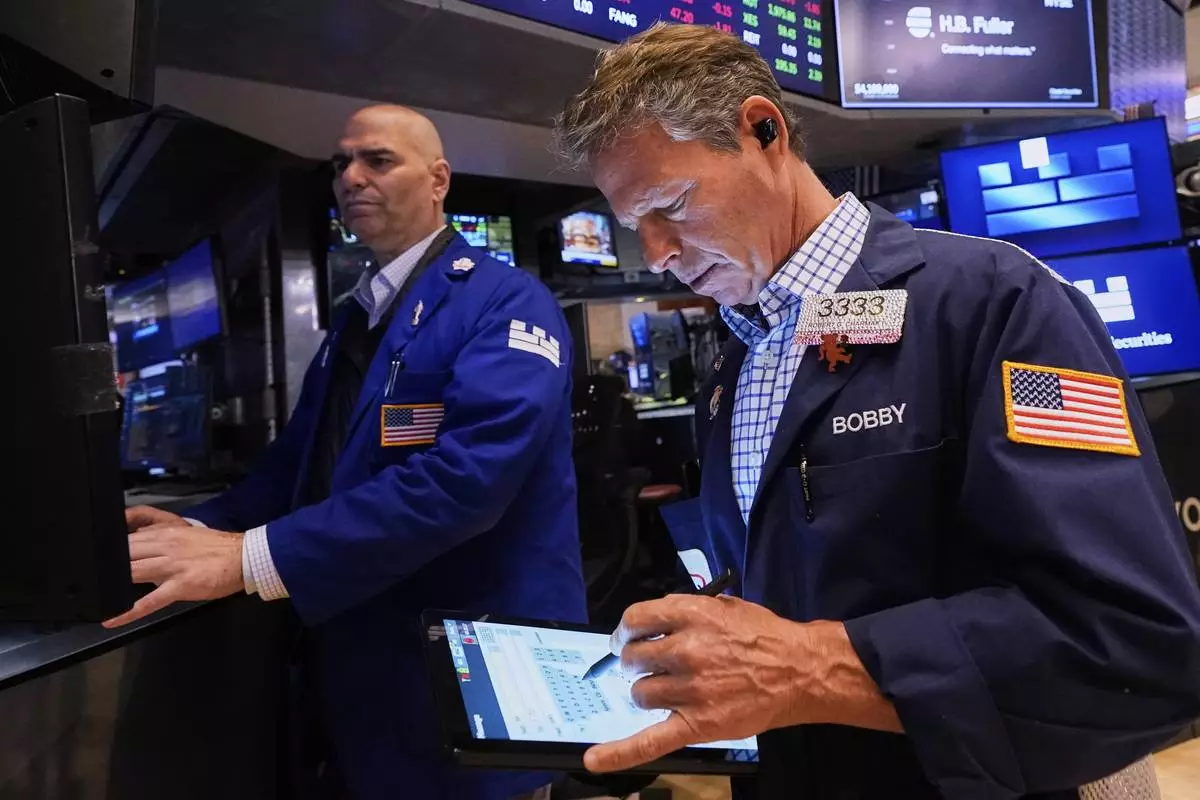
Specialist Philip Finale, left, and trader Robert Charmak work on the floor of the New York Stock Exchange, Friday, May 2, 2025. (AP Photo/Richard Drew)
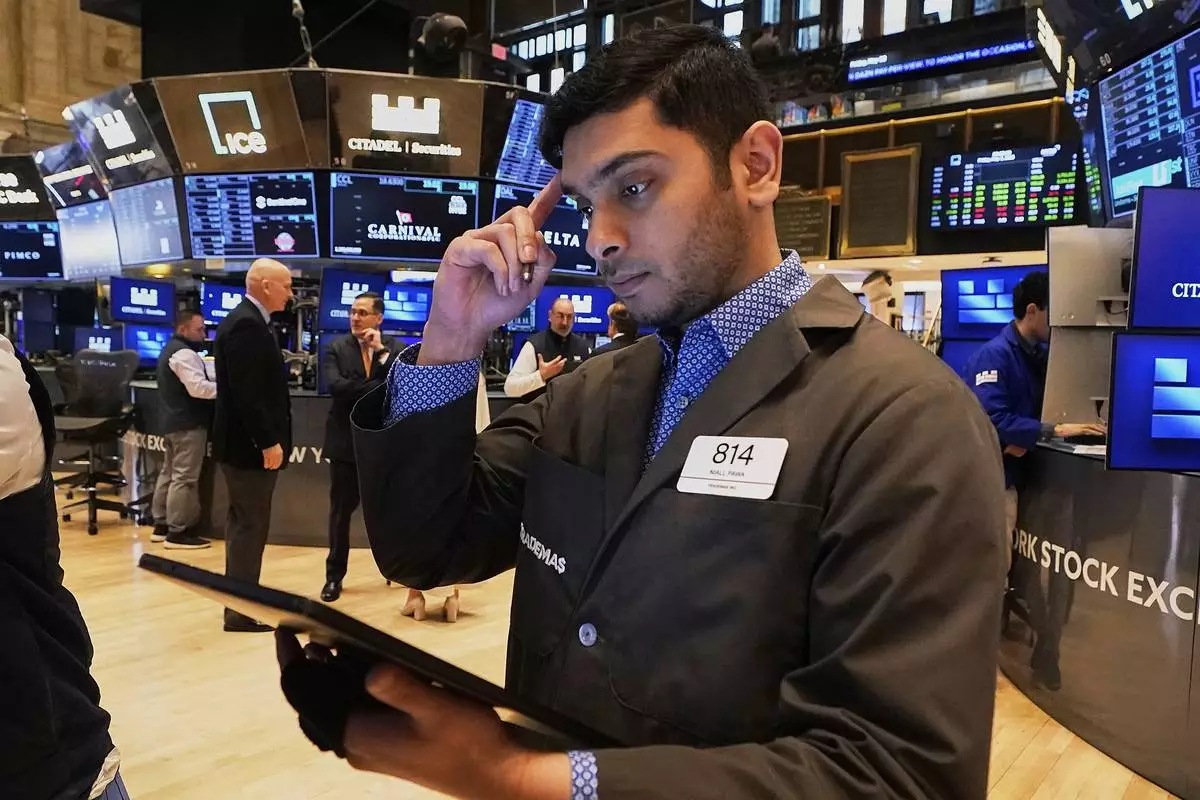
Trader Niall Pawa works on the floor of the New York Stock Exchange, Friday, May 2, 2025. (AP Photo/Richard Drew)
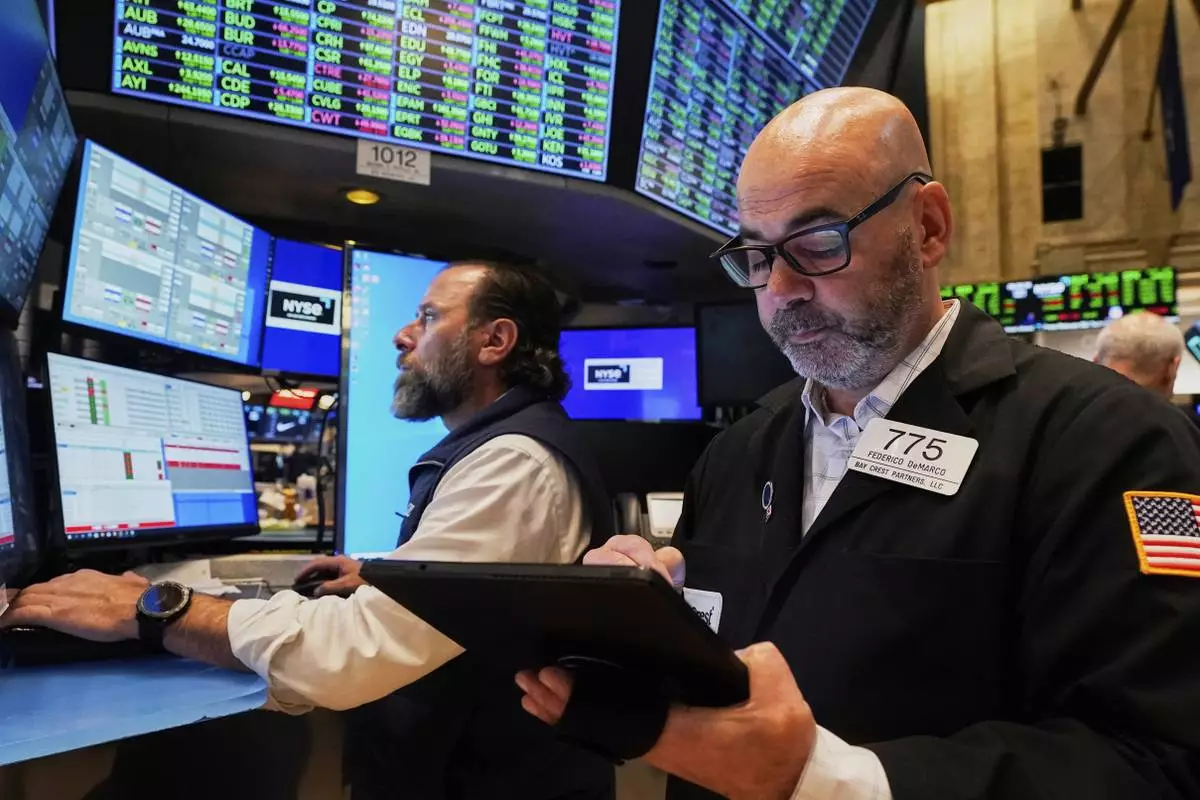
Specialist Michael Pistillo, left, and trader Fred Demarco work on the floor of the New York Stock Exchange, Friday, May 2, 2025. (AP Photo/Richard Drew)
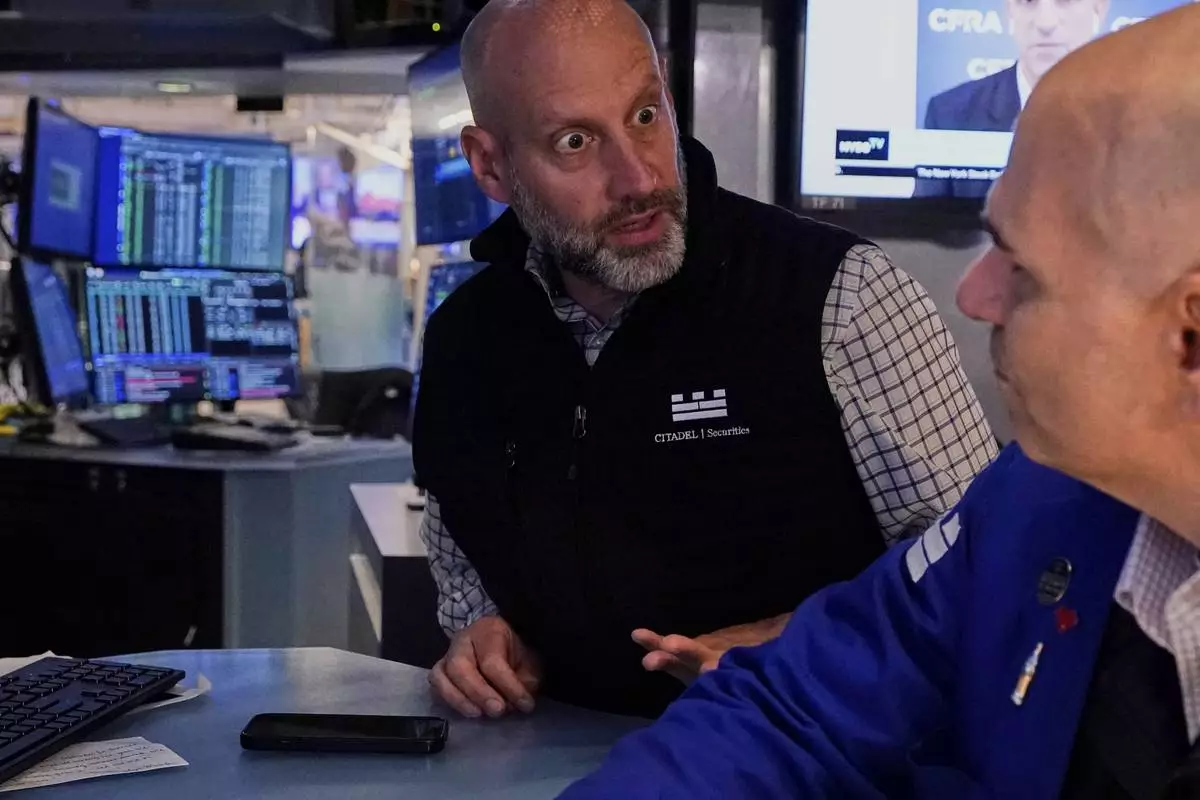
Specialists Meric Greenbaum, left, and Philip Finale confer on the floor of the New York Stock Exchange, Friday, May 2, 2025. (AP Photo/Richard Drew)
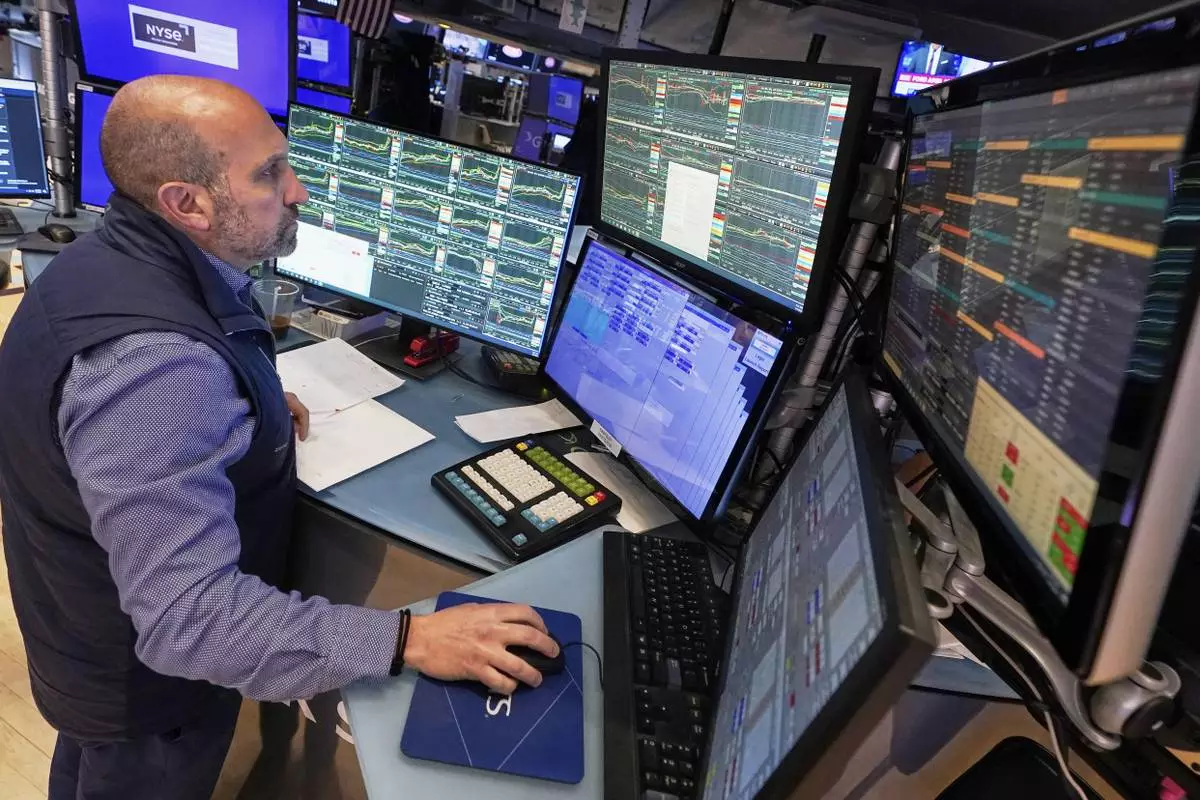
Specialist James Denaro works at his post on the floor of the New York Stock Exchange, Thursday, May 1, 2025. (AP Photo/Richard Drew)
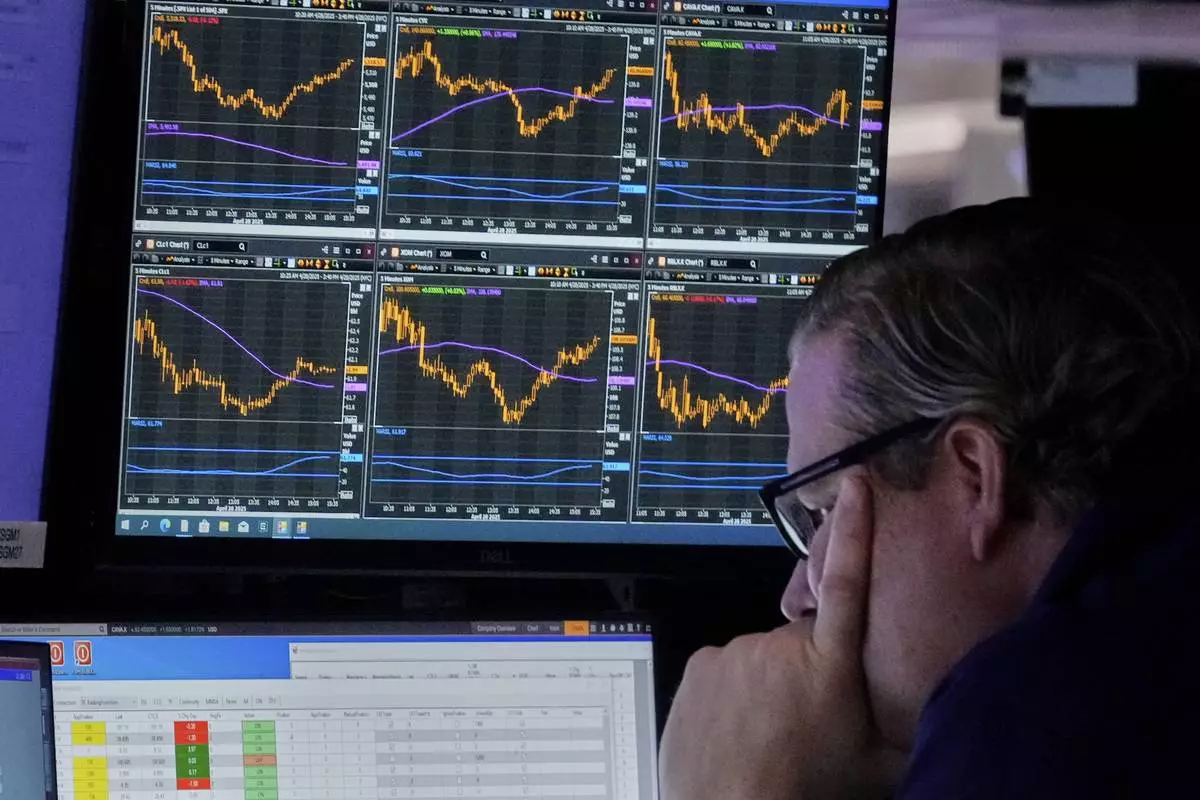
Specialist Gregg Maloney works at his post on the floor of the New York Stock Exchange, Monday, April 28, 2025. (AP Photo/Richard Drew)




